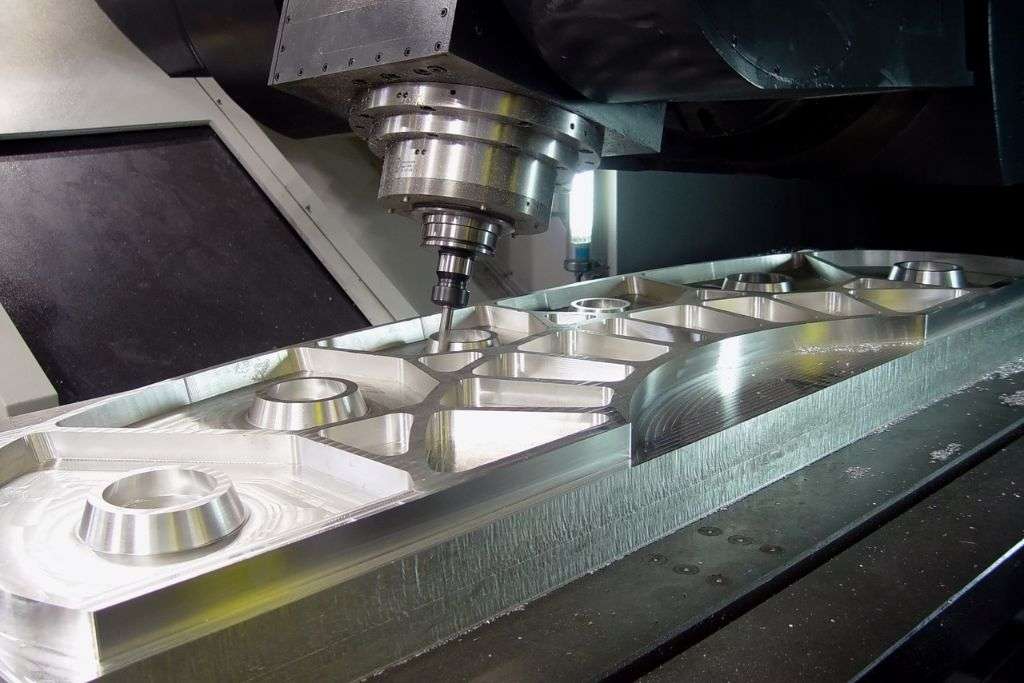
Sep 6,2023
Aluminum, the unassuming yet remarkable metal, has long held a vital role in various industries due to its unique combination of properties. With the ability to be shaped, machined, and molded into an array of intricate designs, aluminum alloys have become indispensable in today's world.
In this blog post, we will delve into the fascinating world of aluminum machining parts, exploring where and why they are used, from precision machining to everyday components.
Before we dive into the diverse applications of aluminum machining parts, let's understand what they are. These are components crafted from aluminum alloys, which are alloys made primarily of aluminum but also contain small amounts of other elements such as copper, magnesium, or zinc.
This alloying process enhances the desirable properties of aluminum, making it more durable, lightweight, and resistant to corrosion.
Now, let's explore where these versatile CNC aluminum parts and precision machined components find their place in various industries.
In the aerospace industry, where precision and reliability are non-negotiable, aluminum machining parts are the go-to choice. Aircraft frames, engines, and interior components often rely on aluminum components.
Why? Because aluminum alloys offer an excellent strength-to-weight ratio, allowing for fuel efficiency and reduced overall weight. This, in turn, contributes to lower operational costs and a greener aviation sector.
Aluminum's lightweight nature shines in the automotive industry as well. The desire for fuel efficiency has led car manufacturers to incorporate aluminum components into their designs.
Engine blocks, transmission cases, and suspension components made from machined aluminum not only reduce vehicle weight but also improve performance and fuel economy.
Precision machining is paramount in the medical device industry, where the utmost accuracy and biocompatibility are required.
Aluminum alloys, known for their precision machining capabilities, are used to create surgical instruments, medical imaging equipment, and even prosthetic limbs. Their corrosion resistance ensures longevity and reliability in medical applications.
In the world of electronics, miniaturization is a constant pursuit. Aluminum components, especially those produced through precision machining, are integral to achieving this goal.
Heat sinks, housings for electronic devices, and even smartphone bodies often utilize machined aluminum for its thermal conductivity, lightweight properties, and sleek appearance.
The renewable energy sector, driven by the need for sustainability, has found a valuable ally in aluminum alloys. Wind turbines, solar panel frames, and hydropower equipment are often constructed using aluminum components.
Their resistance to corrosion makes them ideal for withstanding the elements, and their lightweight nature reduces transportation and installation costs.
Aluminum's versatility extends to the world of architecture and construction. From towering skyscrapers to residential homes, CNC aluminum parts are used in window frames, curtain walls, and structural components.
Aluminum's corrosion resistance ensures the longevity of these structures, while its lightweight nature eases the construction process.
In the realm of sporting goods, aluminum is a star player. Bicycles, tennis rackets, and golf clubs benefit from machined aluminum's strength and lightweight properties. Athletes appreciate the enhanced performance and maneuverability these components provide.
The marine industry also relies on aluminum's corrosion resistance. Boats, ship components, and even offshore oil rigs often incorporate aluminum parts to withstand the harsh marine environment while reducing weight and improving fuel efficiency.
Beyond these industries, aluminum alloys sneak into our daily lives. From the aluminum components in our smartphones to the precision-machined aluminum parts in our kitchen appliances, this versatile metal enhances functionality and durability in countless ways.
Aluminum machining parts, including CNC aluminum parts and precision-machined components, are the unsung heroes of various industries. Their lightweight nature, corrosion resistance, and precision machining capabilities make them invaluable in sectors ranging from aerospace and automotive to medical devices and consumer electronics.
As we continue to innovate and seek sustainable solutions, aluminum alloys will undoubtedly remain at the forefront of material choices, shaping a more efficient and environmentally conscious future. So, next time you hold your smartphone or gaze at the sky, remember that aluminum alloys have played a crucial role in making these experiences possible.